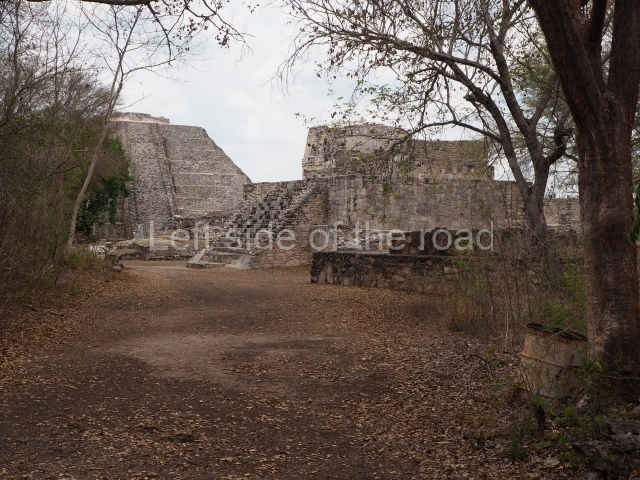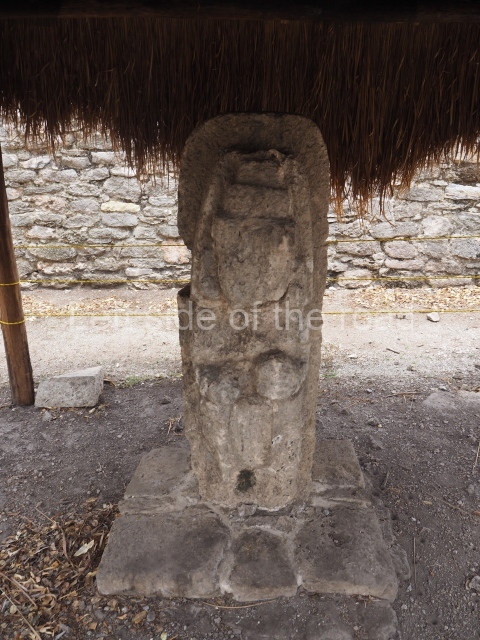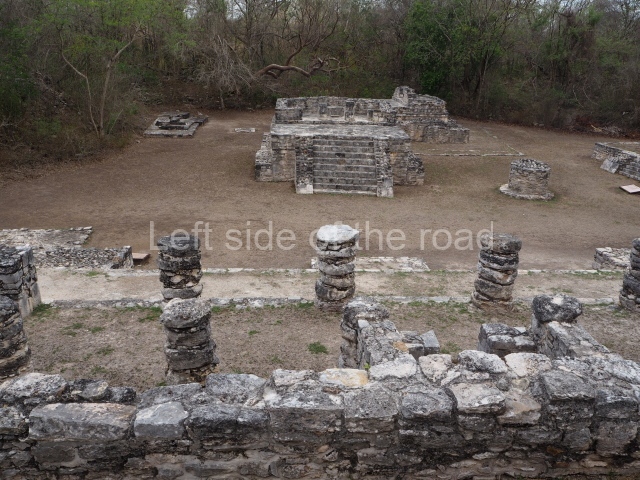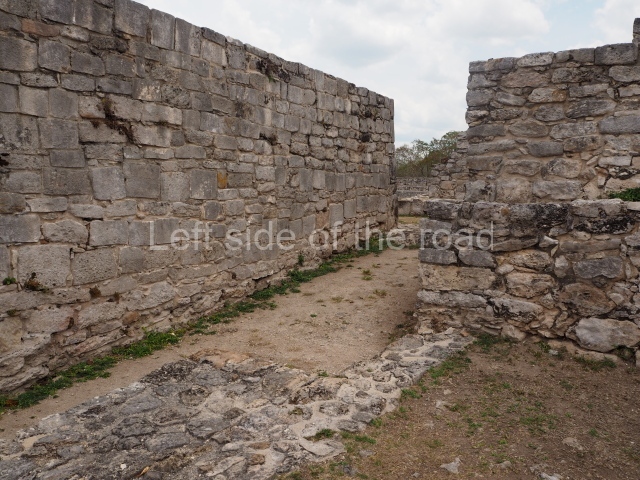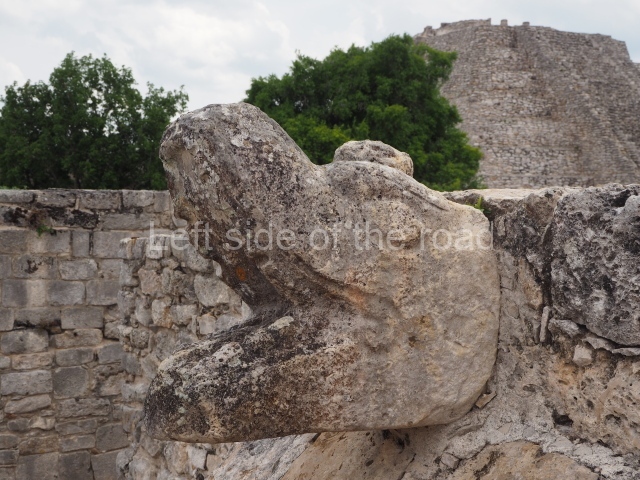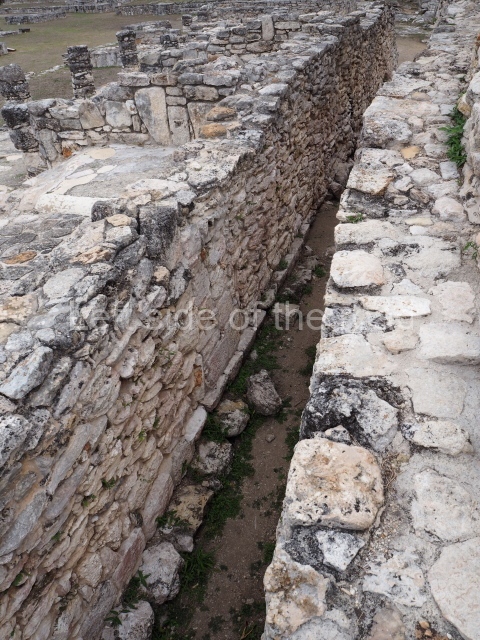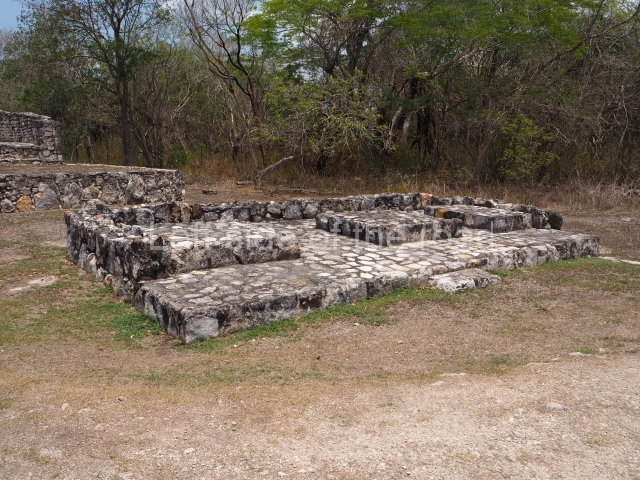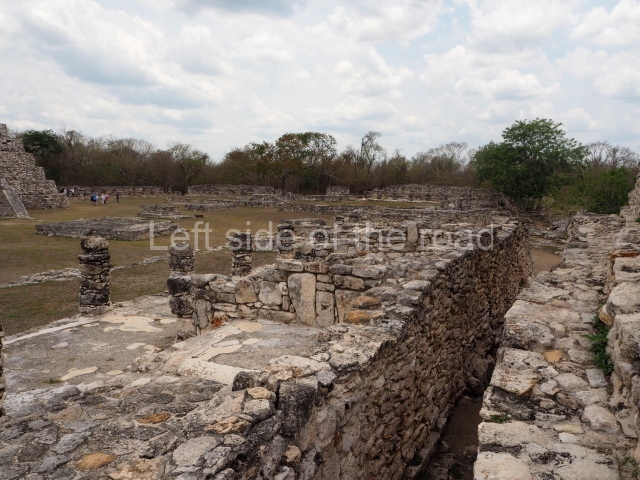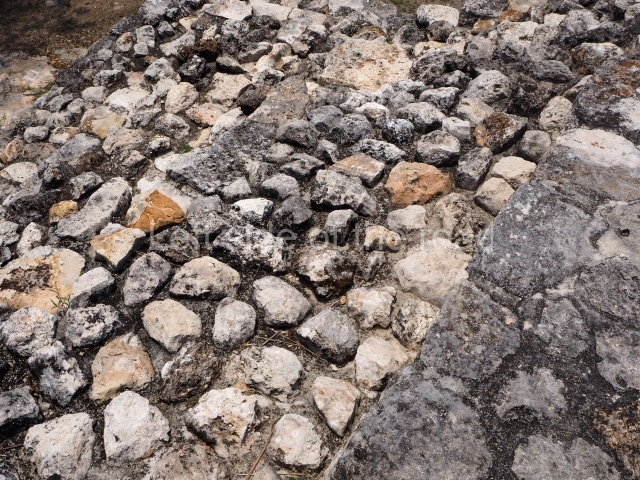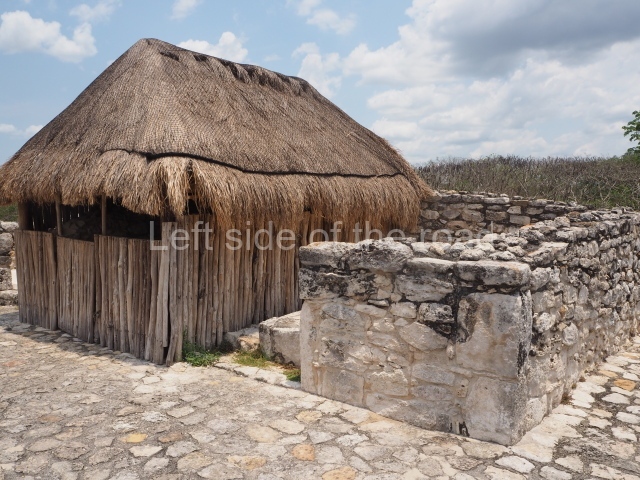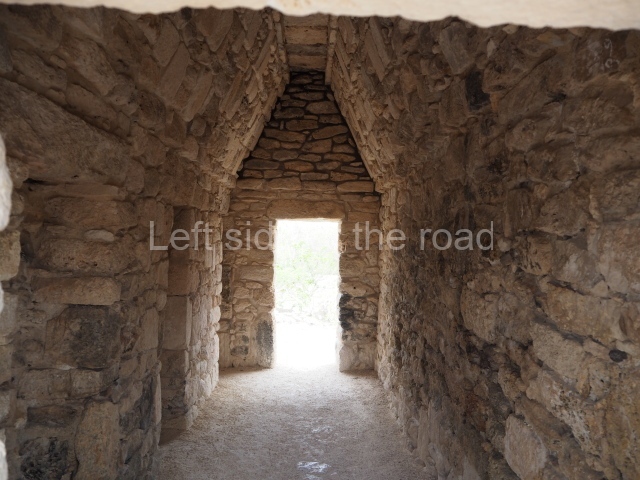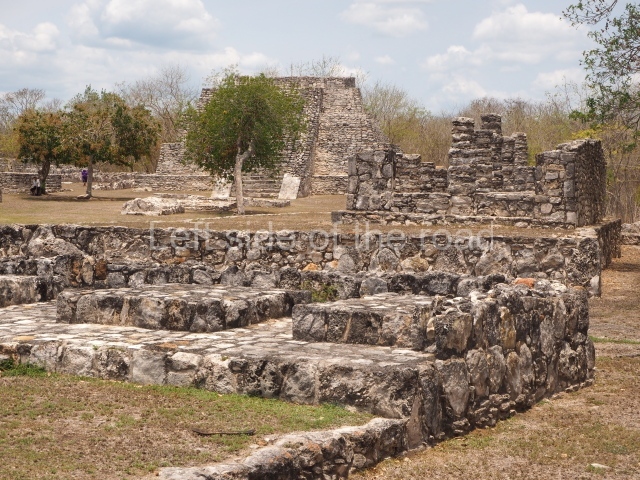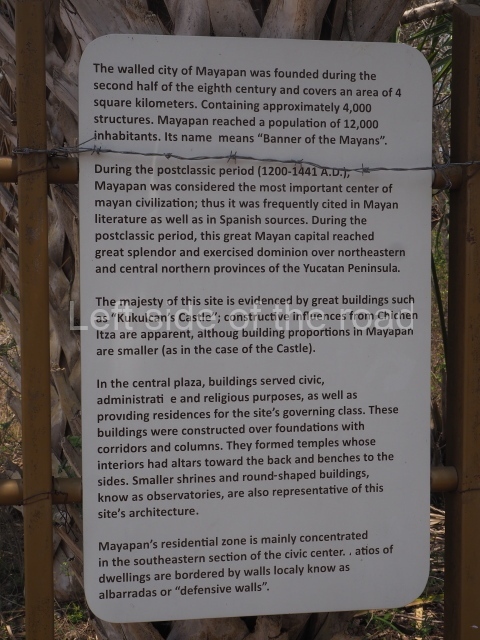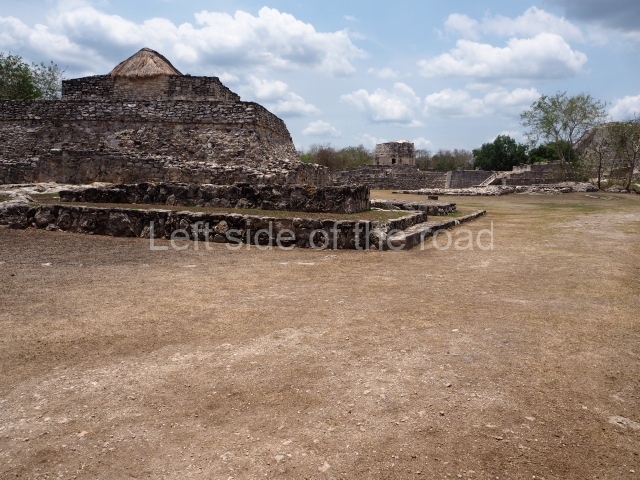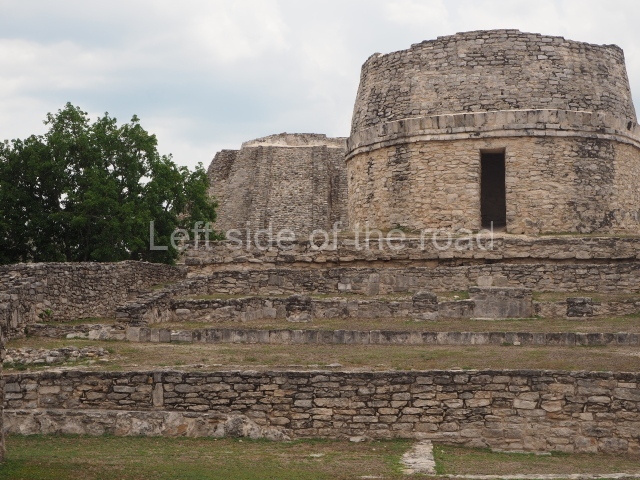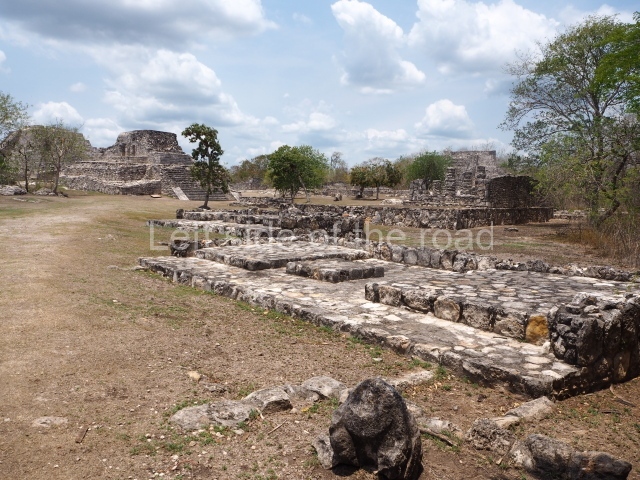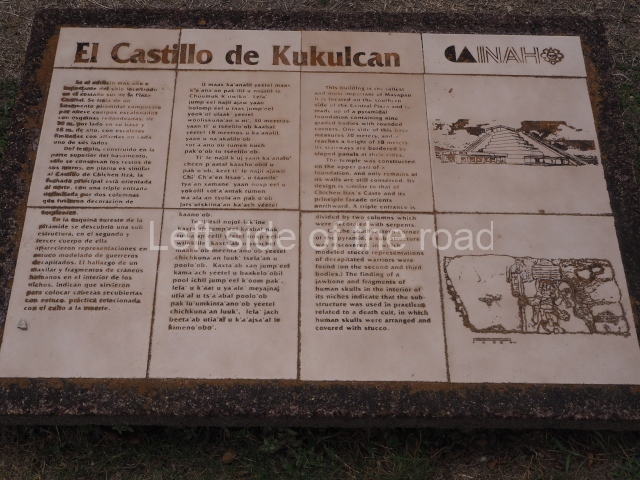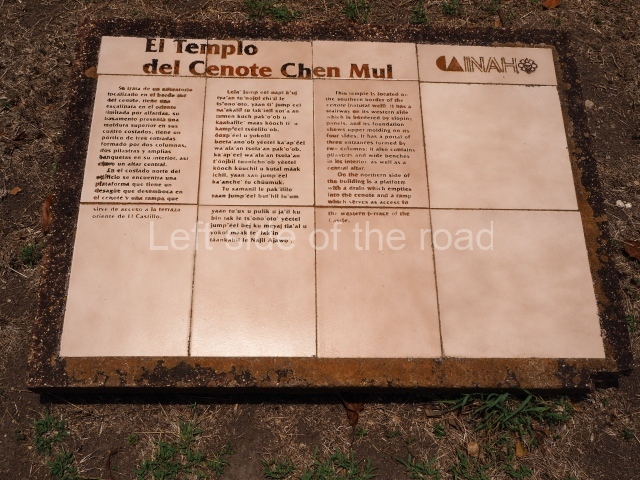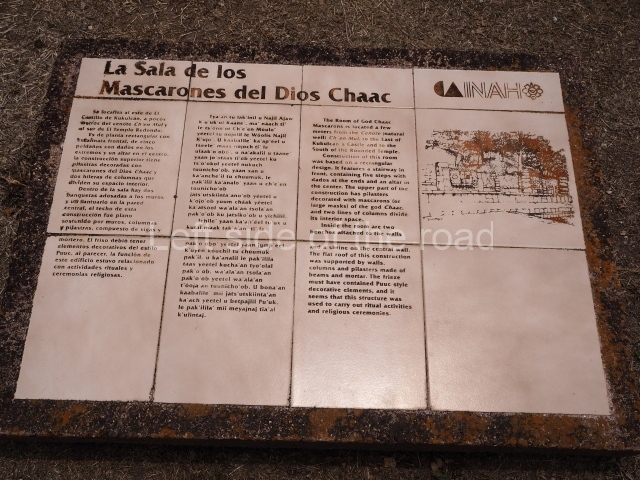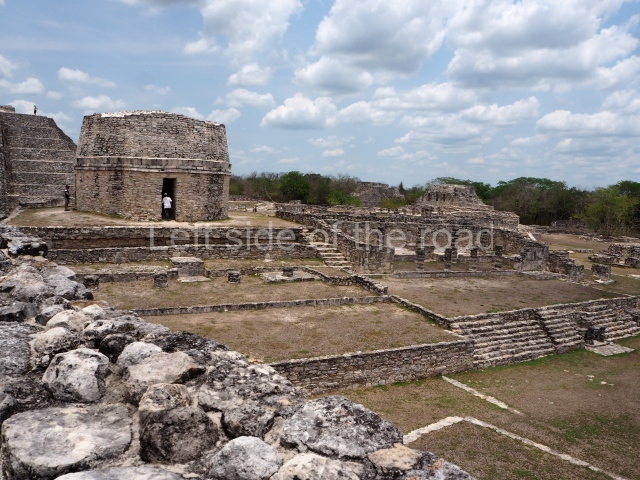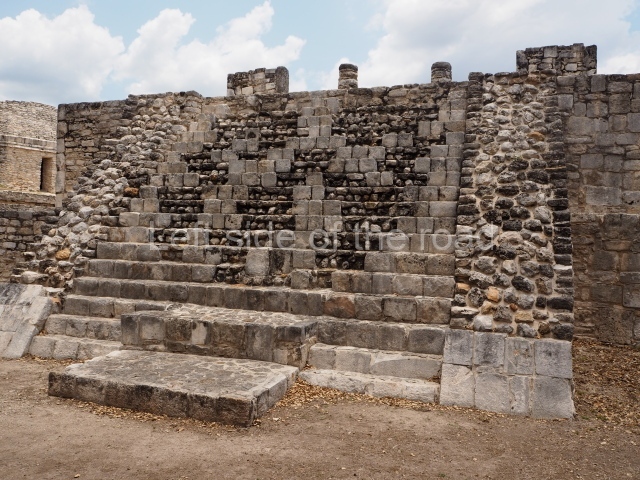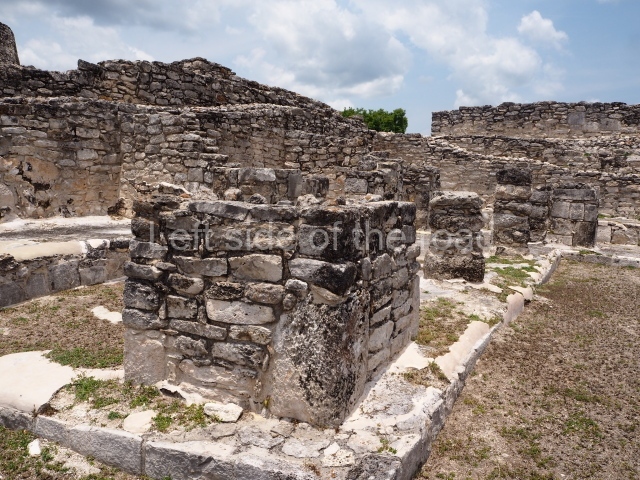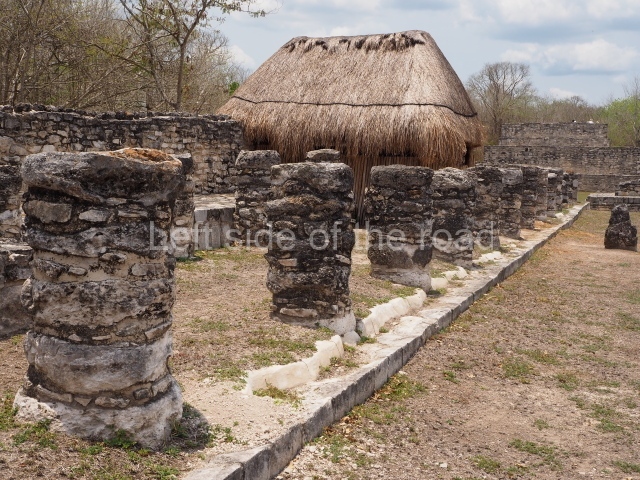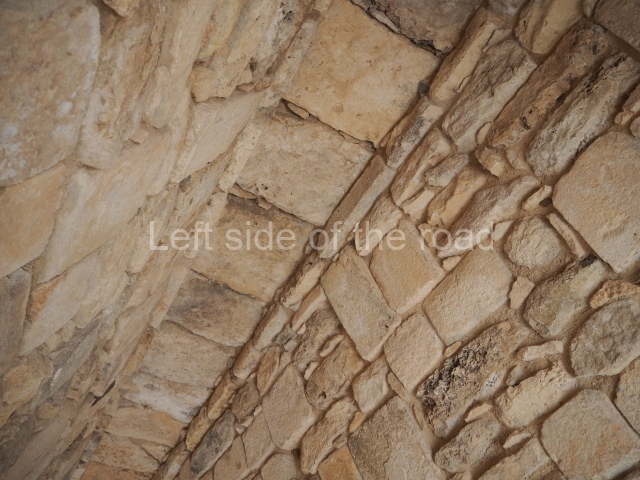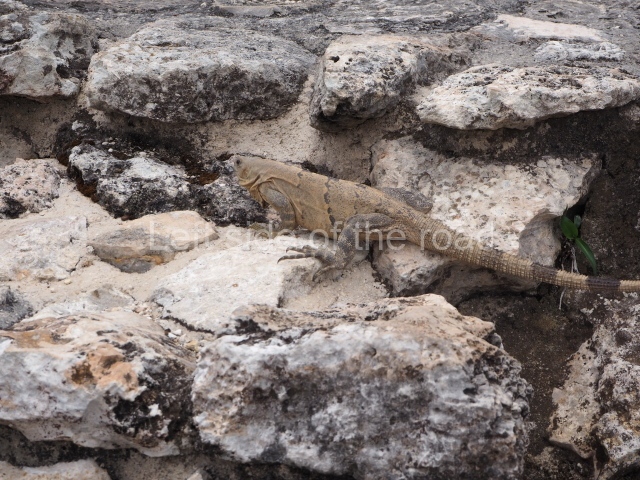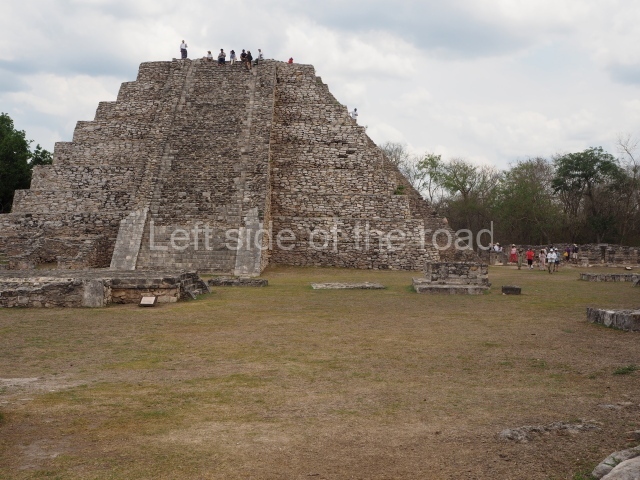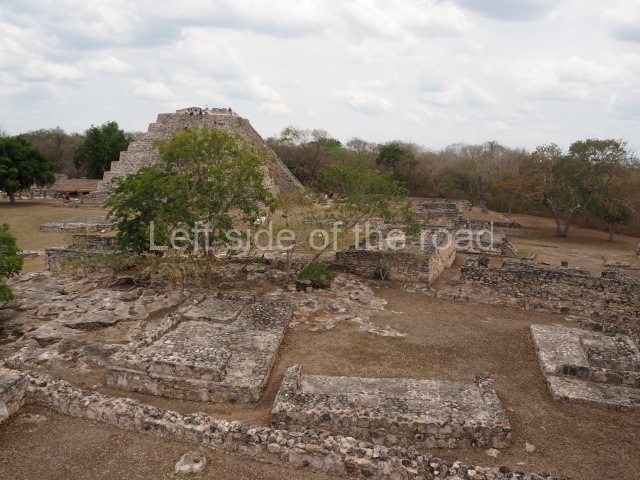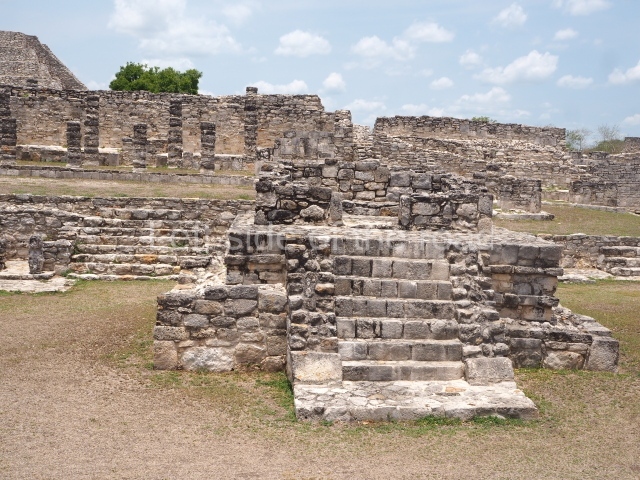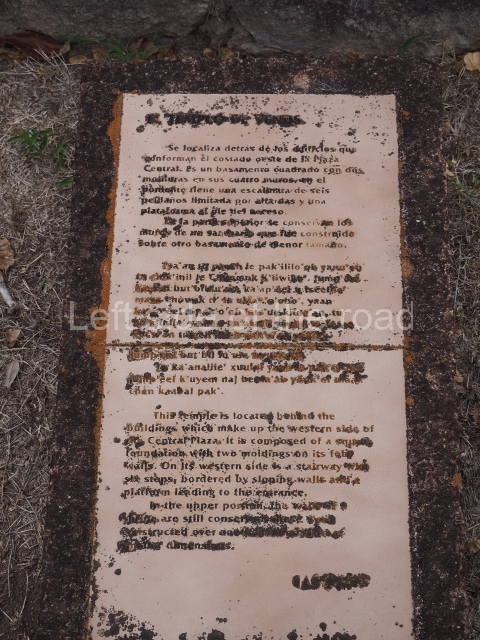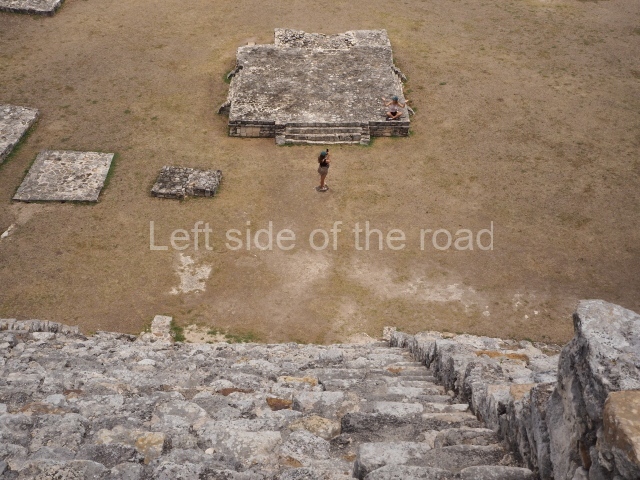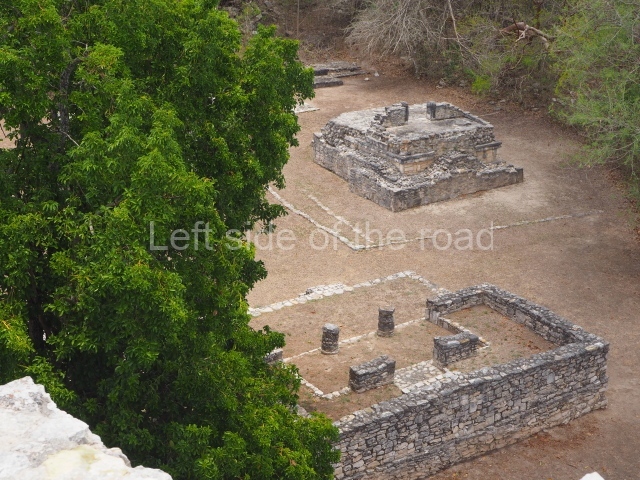More on covid pandemic 2020-2?
24th July – the day England went under (face) cover – perhaps
July 24th will go down in history as the day that face ‘coverings’ became mandatory in English shops and other indoor locations. 24th July will also go down in history as yet another day of confusion and wtf.
The lack of any strategy, the lack of any impression that the Buffoon and his Government has any understanding of the seriousness of the pandemic let alone a thought out way through and out of it has been a stark reality since the very beginning. Previous posts in the Journal of the Plague Year 2020 have been full of examples of their sheer stupidity and incompetence.
The introduction of mandatory face coverings in an increasing number of situations is yet another of those.
Some of the questions of why at all, whether they are effective and why now will be addressed below but one of the answers to the why question is – because others have done it.
And this seems to be one of the problems that has bedevilled the whole approach to the pandemic since the very beginning. The first appearance of large numbers of infections, and then an exceptional number of deaths, of an unknown virus occurred in Wuhan in China. The Chinese Government, equally caught unawares as virtually all the other governments in the world, decided that the way to deal with it was the seal off the city from the rest of the country and the world.
Not because it was the necessarily the best thing to do but because they couldn’t think of, and certainly hadn’t prepared for, dealing with such a pandemic in any other pro-active manner. That re-active approach was then copied as outbreaks of the disease spread to other parts of the globe.
If we move to on the the issue of masks (or face coverings as it is more normally referred to in Britain) there have been some who say that the wearing of masks has become such a norm in many Asian countries that the wearing of them during this pandemic has not been an issue in that part of the world as it has in some parts of the ‘west’.
But that ‘tradition’, if you like, of wearing masks once outside in the street wasn’t prompted by an esoteric desire to lower the spread of disease, it was done to prevent the inhalation of all the pollution that was being created by internal combustion engines and the filth thrown into the atmosphere by rapidly expanding industry with minimum emission controls – the latter especially in China.
So by wearing masks it meant that people didn’t get up off their knees and fight against the pollution that was probably killing them but just let it carry on – in the vain hope that their pathetic masks would save themselves. Instead of addressing the root causes of the problem they just tried to find a way to live with it.
The mandatory use of face ‘covering’ in shops in England
The Buffoon and his minions (under the orders of Dominic Cummins) have, since the very beginning been saying that they ‘are following the science’ – or not (see below). However, the problem is that it’s often very difficult for those not in the scientific community to read or get an idea of this ‘scientific advice’. Months ago even top scientists in the field of epidemiology and pandemics couldn’t get rapid access to the material upon which the Buffoon was basing his decisions. Getting that information at the time of the decision is of the utmost importance. Making it available days, weeks, months or even years into the future is not good enough.
If you go on the official government website today, on the page that addresses the mandatory use of face coverings, you will be able to read about so-called ‘guidance’ on wearing masks, how to make your own as well as how to get an exemption – but no link to the science which backs up and justifies their decision.
Now there have been some who have been pushing for the introduction of mandatory face coverings since the end of March (and they have been quoted in previous blog posts here) – but without citing the scientific evidence so support their assertions.
Here are a few statements about the issue the wearing of face coverings that have been made in the last ten days or so, to bring matters up to date.
Michael Gove, BBC 2, Andrew Marr Show, 12th July, on NOT making face coverings mandatory;
‘If necessary, if tough measures are required, as we have seen in Leicester in a very different situation, then tough measures will be taken. But, on the whole, my view is that it is always better to trust people’s common sense, to give then a clear sense of what is wise and I think individuals and businesses will respond well.’
Wendy Barclay, Head of Department of Infectious Disease and Chair in Influenza Virology at Imperial College London, 12th July;
‘We do think that the virus is breathed out in droplets. Whether or not these droplets are large or small it’s quite likely that a face mask will remove some of them from your breath.
If you are infected by the virus but perhaps not yet feeling ill you are at a point where you have the virus in your breath then you may be hazardous to other people.’
Rachel Reeves, Labour Party, Shadow Minister for the Cabinet Office, 12th July;
‘[The wearing of masks] might encourage more people to go out and spend money if they see more people wearing face masks in shops.’
[The social democrats pushing for people to buy things they don’t need with money they don’t have to get the country back into the downward spiral of consumerism.]
Andrew Goodacre, CEO, British Independent Retailers Association, 12th July;
‘There’s no evidence the wearing of masks will increase footfall in shops. That’s the concern really. Without any evidence there’s a fear that it might become a barrier to shopping instead of an enhancement.’
Melinda Mills, Nuffield Professor and Director, Leverhulme Centre for Demographic Science, University of Oxford, 12th July;
‘The Government just has not been clear. They’ve said there isn’t evidence. Businesses also need to know. In many countries you come into a shop, or an enclosed space, you put a mask on and it’s clear and everyone knows what to do. You just need some clarity and you need everyone to hold the same line and actually do what the rest of the world has already been doing for a few months.’
Buffoon, on visit to an ambulance station, 13th July (the days after another cabinet minister, Michael Gove (cited above), had something different);
‘We do think that masks do have a great deal of value. Obviously they are mandatory on public transport, on the Tube but also have value in confined spaces when you are coming into contact with people you don’t normally meet.
What’s interesting on the face covering issue over the last few months is the scientific evaluation of face coverings, that’s been growing. I do think in shops it’s very important to wear a face covering, in a confined space, when you want to protect other people, to receive protection in return.’
Lucy Powell, Labour Party, Shadow Minister for Business and Consumers, 13th July;
‘We [the Labour Party] have been arguing for face covering wearing in shops for the last few days’.
[But I’m not really aware of the Labour Party arguing for this in the recent past. The Buffoon-in waiting (Keir Starmer) and his minions no more clear on the issue than the Buffoon-in-place.]
Paddy Lillis, General Secretary, USDAW, shopworkers union, Radio 4, World at One, 13th July;
Q. Do you want face covering in shops made mandatory?
‘Firstly, we recognise that face coverings can help limit the spread of the virus and we welcome anything else to keep customers and shop workers safe. The most important measure for us is to ensure the proper social distancing and hygiene and we need clarity from government. The mixed messaging and indecision is not helpful for shopworkers.
There must be clear and detailed guidance from the Government on this.’
Q. It should be compulsory for someone to come into a shop to use a face covering?
‘Yes, absolutely.’
Q. Who policies it?
‘There lies a problem. … We don’t want retail workers to have to police things. They’ve got enough to do, they’ve taken enough abuse and assaults during the pandemic. … It’s not for retail workers to put themselves at risk,’
The only ‘study’ I have come across is one that was published on 26th June 2020 by Melinda Mills, Nuffield Professor and Director, Leverhulme Centre for Demographic Science, University of Oxford – there’s a short quote from her above.
Her ‘paper’ is entitled ‘Face masks and coverings for the general public: Behavioural knowledge, effectiveness of cloth coverings and public messaging’. You can read the full report here, or if you are lazy you can have a look at a highlighted (by me) version here. For those who are really lazy I include the one page summary and conclusions below:
‘Face masks and coverings for the general public: Behavioural knowledge, effectiveness of cloth coverings and public messaging’
Executive summary
Cloth face masks and coverings for the general public are effective in improving: i) source protection, i.e., reduced virus transmission from the wearer when they are of optimal material and construction and fitted correctly; and ii) wearer protection, i.e., reduced rate of infection of those who wear them.
Optimal cloth face coverings are made from specific material (e.g., high grade cotton), hybrid and multilayer constructions (e.g., silk-cotton) and need to be fitted correctly.
Many countries implemented a policy requiring the general public to wear face masks and coverings in all public places by mid-March 2020.
Countries with no previous history of wearing face masks and coverings amongst the general public rapidly adopted usage such as in Italy (83.4%), the United States (65.8%) and Spain (63.8%) by the end of April 2020.
A systematic review isolated key socio-behavioural factors to understanding public adherence to wearing face masks and coverings, namely:
- public understanding of virus transmission, including efficacy of source versus wearer protection, diagnostic uncertainty and inability to self-diagnose.
- risk perception, individuals’ underestimation of health risks and perception that protection is only relevant for vulnerable groups, or outside of their proximity.
- previous national pandemic experience resulting in rapid response and socio-political systems, allowing for more or less coordinated action and public trust.
- individual characteristics, such as younger people and men having a lower threat perception and compliance with interventions.
- perceived barriers, lack of supply of surgical masks and perceived competition with medical resources, resource constraints to obtain coverings, comfort and fit.
Consistent and effective public messaging is vital with non-pharmaceutical interventions more effectively seen as part of ‘policy packages’ to acknowledge:
- interventions as interrelated, to be reviewed in tandem with face masks and coverings related to hand hygiene, sanitizers and social distancing when maintaining the 2 metre or 1 metre+ distancing rule is not possible.
- public communications must be clear, consistent and transparent with inconsistent, premature, alarmist information or that without a clear source raising scepticism and lowering compliance.
Conclusion
In England face masks and coverings for the general public in public places have not been mandated beyond public transport and hospitals. Wearing a face mask or covering in the UK has had very low uptake (~25%, late April 2020). The lack of clear recommendations for the general public and low uptake of wearing face masks and coverings may be attributed to: (i) over-reliance on an evidence-based medicine approach and assertion that evidence was weak due to few conclusive RCT (randomised controlled trial) results in community settings, discounting high quality non-RCT evidence. There have been no clinical trials of coughing into your elbow, social distancing and quarantine, yet these measures are seen as effective and have been widely adopted; (ii) inconsistent and changing advice from supranational organisations (WHO, ECDC) and other nations with variation in policy even within the UK; (iii) concern over the applicability of findings across multiple settings (health care versus general public, other pandemics and countries), yet many ‘lessons learned’ from previous pandemics, including public wearing of face masks and coverings, repeat themselves during COVID-19; and, (iv) mix of supply concerns of PPE shortages of surgical face masks with recommendations for face mask and covering wearing for general public.
Comments on the report.
The first point to make is that the phrase ‘pre-print non-peer reviewed’ (or variations on the wording) appear around 20 times in this ‘paper’. That means the data upon which it has been based has not been checked and evaluated by other scientists in the field. Now that doesn’t mean to say the conclusions are wrong (and there’s an interesting BBC Radio 4 programme, Inside Science, 23rd July, which looks at this matter – the first 18 minutes or so) but it is, therefore, more of an assertion than scientific ‘proof’.
It doesn’t mean that all papers that have been ‘peer-reviewed’ are the gospel but that is the present convention in scientific circles. I just want to emphasise that caveat when reference is made to this paper. Added to the fact that the Mills paper itself is ‘pre-print non-peer reviewed’ is the fact that she makes use of data from a number of other ‘pre-print non-peer reviewed’ papers.
Points that need to be taken into account from the ‘findings’ of the paper;
- most of the studies were taken from studies on practices and experience of health professionals in medical facilities, who are knowledgeable of the risks, use best practice and have an almost unlimited access to such equipment (at least pre-pandemic)
- no one knows how the results will look like when you have millions of non-professionals using face coverings during a pandemic
- ‘ordinary’ people will almost invariably NOT follow best practice, i.e., they will reuse disposable masks, they will touch their face, they will not wear them in the way they are designed, they will not dispose of the mask in a ‘safe’ manner and then immediately wash their hands, etc.
- many of the home-made versions, pushed by the Government, can be worse than useless
- poorer families, who try and follow ‘best practice’ could spend £100, or more, a month in buying disposable masks, at a time when many of them are strapped for cash to pay food bills or rents
- mass events that have taken place during the lock down, technically illegal but allowed to go ahead nonetheless, such as the Black Lives Matter demonstrations throughout the country, but especially in London, were face covering use was sporadic, haven’t led to noticeable ‘spikes’ in infection rates. Nor have there been from illegal raves that are happening virtually every weekend now
- there’s no consideration of the negatives which prevented ‘the science’ from recommending mandatory use four months ago, i.e., the possibility of a massive accumulation of virus cells from someone asymptomatic who then, by not following ‘face covering protocols’, are then deposited on hard surfaces which others touch
- another element of control, test the water to see how far you can go before people rebel
- and, finally, why now? Why not months ago? The science hasn’t really changed so this is just another example of ‘doing something’ even though it’s not necesasarily effective.
Added to that, there being a certain amount of resistance to the compulsory use of masks there will inevitably be conflicts (customer-customer, customer-officious employee, counter-aggressive police). And if there are ‘spikes’ the Government can blame them upon those non-conformers to face coverings, create yet another division within society and say they have done their best and so anything problems in the future are not their fault.
Other comments on face coverings;
Persuasion could be more effective than an ‘unenforceable’ law.
Masks are pointless unless Britain learns to wear them properly.
Why men are less likely to wear masks.
What you need to know and what the experts say – non-Government site.
What’s the value of the ‘R’ number?
This one has dropped out of the news recently but will no doubt have its time in the limelight if/when there is ever a proper review into the Government handling of the pandemic. It’s still strange though. It’s treated as a viable indicator for the present whilst it is merely a notional number which can only be known in hindsight.
Track and Trace
England’s ‘world-beating’ track and trace system? Obviously the Buffoon is of the school of thought that if you repeat something enough times you will get people to believe you, however much the facts point in the opposite direction.
Dr Lisa McNally, Sandwell, West Midlands, Council Director of Public Health, Radio 4, World at One, 16th July;
‘Test and trace is one of the most important ways we have of separating the infected from the non-infected and breaking the chain of transmission. What we know from the test and trace data in my area is that four out of ten people, who test positive, are not being contacted or reached by the test and trace system.’
Q. You asked if you could help out in contacting these people. What happened then?
‘We have a team of public health practitioners and specialists who know how to do contact tracing. They also know their local area, we have a number of languages in our team, we could find people we think that Test and Trace can’t. We asked for contact details for the people who were tested positive recently, alternatively we asked for access to the data base that was used by the contact tracing system. But unfortunately we were told that we were not able to get that data or access at this time.’
Q. Do you know why that is?
‘I wasn’t given a reason, if I’m honest. My theory is maybe they were concerned about information and governance but, of course, we’re a statutory body in the Council, we’re used to dealing with confidential information every day. I cannot really imagine what the problem is but what I do know is that if we were given the contact details of the people tested we could do a good job of helping the test and trace system to find them and identify their contacts.’
Q. You say that because you have local knowledge that would give you an advantage?
‘Yes. My team are local people. They know how to get in touch with people, they know about the community groups that people go to, the places of worship – we have good relationships with those as well.
We also have in our team a number of people who speak ‘local’ languages. We have a large number of languages in our area and they speak those languages. That is a barrier we could also get through.
We’re not saying we could get 100% but I’m sure we could close that 40% gap to some degree.
We’ve got a lot of data, we can’t move around here for bar charts, graphs, but it’s the personal information we need to make sure as many people as possible are followed up for test and trace, for contact tracing, so we can warn people if they’ve been exposed.’
Q. The test and trace system we have has been described by the Buffoon as ‘world beating’. Do you think it is?
‘I can’t imagine that our test and trace system is ‘world beating’ at the moment unless the rest of the world have some pretty awful test and trace systems.
We cannot go ahead, we cannot continue with their large number of positive cases not being contacted and have their contacts identified.
As we come back out of lock down the only way we have to break the chain of transmission and separating those who are infected from those who aren’t is test and trace – and we need it to work properly.’
Q. Do you think that can only happen if local teams are involved in it?
‘We need to have one seamless system. A system that links a local team, with regional teams, with the national team. It’s not going to work if some of us, especially those of us at a local level, are blind-folded and not having the data shared with us.’
These thoughts were echoed by the Public Health Director for Blackburn with Darwen, Dominic Harrison, a few days later. His analysis had shown the national tracing service had reached only 44% of the 799 close contacts and called for testing and tracing to be carried out at a local rather than national level.
Proportion of close contacts being reached is below 80% in high infection areas.
Contact tracing only prevents infection if done within three days.
For more on the systemic failings in the the way the Buffoon and his Government have ignored the local Public Health structure in the fight against the pandemic this matter is very well covered in the BBC Radio 4’s Inside Health programme broadcast on 22nd July.
How effective are anti-body tests?
Testing for who has the virus is important (and a source of controversy when it comes to speed and numbers) but so is the testing to determine who might have had the virus, especially those who were asymptomatic.
The finger-prick tests were found to be 98.6% accurate.
Still more on the (in)famous app – if, when and privacy
Yet another of the stories that goes on and on – without, seemingly, an end in sight.
UK government admits Track and Trace scheme ‘breaks GDPR’.
But Ireland seems to be able to get it right.
PPE – Personal Protective Equipment
The consequences of the lack of proper planning for a pandemic, although PPE was being stored but then allowed to go past its sell-by date, is starting to come to light. When you depend on a ‘just in time’ delivery model you have to have a Plan B in the event things don’t go as you wish.
Immunity – is it possible?
This volley in the ping pong match has been going on since the end of March – and I’m still none the wiser. So some recent ‘thoughts’.
Immunity to Covid-19 can vanish in months, from the Independent.
Steep drops in patients’ antibody levels three months after infection, from the Guardian.
Levels of antibodies depleted by as much as 23-fold in the three-month period, from the Telegraph.
That should cover a fair proportion of the political spectrum in the UK.
Not forgetting ‘herd immunity’
Levels of herd immunity in UK may already be high enough to prevent second wave.
Scientists say many people may already be immune to Covid-19 without ever having caught it.
Has ‘herd immunity’ already come in to play?
A vaccine and Britain ‘goes it alone’
UK opts out of EU Covid-19 vaccine scheme.
David Salisbury, Director of Immunisation, Department of Health, Assistant Fellow, Chatham House, Radio 4, World at One, 11th July;
Q. Should the UK take part?
‘There are a few issues that surround this problem. The first is equity, is it equitable for a country to say we want to have vaccines first because we have paid for the R+D [Research and Development], we’ve capitalised the manufacturers and therefore we have first rights. That’s the position the US have taken. …
The second issue is, do you get a better contract if you go on your own or if you go as part of a consortium. And that, clearly, is the position the UK is thinking about. If you were [a very small country in Europe] you might think you’d be much better off if you joined in with [the bigger countries in Europe] in a consortium. … There was a lot of progress in setting up consortia after the 2009 flu pandemic.
But it isn’t really as straightforward as that because it depends hugely on the position the manufacturers take. If a manufacturer takes the position that says ‘for all high income countries we have a fixed price, irrespective of the number of doses that you want’, you might as well be in a consortium, it won’t make any difference. If they say it’s volume dependent you might do better in a consortium again. But if you want the flexibility then you’d do better going on your own
I’m not sure this is a hugely important issue. The issue of equity is, perhaps, one that is more important and that is how do we ensure that everyone gets access.
Q. You can understand a national government putting it’s own people first?
‘That’s the dilemma that clearly everybody has to try to deal with. If you say to your popualtion we’ve invested in the research, we have invested in the companies to produce the vaccine, by the way the population isn’t going to get it because we are allowing other people to have it before us. That’s not going to run well.
So I can understand why people are taking a position that says we have made investments therefore we have the right – but that doesn’t help the people who can’t afford the vaccine on whom the impact of covid might be even worse because they don’t have the health service resilience that industrialised countries have.’
Q. How do you get to that equity of poorer countries and poorer people?
‘One of the ways is that you have purchasing consortia for those countries that can’t afford vaccines and so GAVI (Global Alliance for Vaccines and Immunisation) acts on behalf of the poorer countries to get access to new vaccines. That’s made a huge difference to world health. The other is you have clear pricing. This is a phenomenon we have been working with for many, many years. That is, exactly the same vaccine, the same product, is available at different prices in industrialised countries, middle income countries and low income countries. So the same vaccine is bought at a trivial part of the price of an industrialised country. That gives equity of access.’
Considering there’s no known vaccine against covid-19 the British government seems to be committing a lot of money in contracts with the huge pharmaceutical companies witrh a deal with two different companies for 90 million doses of a coronavirus vaccine.
Data – giving the wrong impression?
Hancock calls for urgent review into coronavirus death data in England, because it might reduce the numbers. Supposedly there were hundreds of cases of people being diagnosed with covid-19 but then getting run over by a car three months later – and still being counted as a covid fatality.
In reality you could probably count those ‘miscounted’ individuals on the fingers of a few hands. There wasn’t this ‘urgent review’ when thousands were dying in care homes where there was no one available to make a decision of whether the death was covid related or not on the death certificate.
And this ‘shock horror’ revelation allows the Government to no longer publish the statistics – because they may not be accurate. What a prick!
Is covid-19 a super virus?
This virus has only been with us for six months (or a year and a half if the reports of its existence in frozen sewage samples is finally confirmed) but it’s already gaining mythical ‘end of the world’ status.
Are mutations making covid-19 more infectious?
Perhaps it can survive in the air for more than an hour and is so …
… we’ll have to fight it in all new ways.
Although it might not be as clever as it thinks – by giving away vital information that allows the enemy to find a way around its defences.
The role of scientists and experts in the battle against the pandemic
My experience of higher education was that there were many people in the full time academic university community who were intelligent and, on paper, very highly qualified but when it came to life in general extremely naive if not plain stupid.
From the very beginning, with the first televised press conference that the Buffoon gave, accompanied by an ‘expert’, it was obvious they were there merely to be a future scapegoat. A number of them took turns, new ones came and went, some were even barred because they spoke out of turn but they only got their 15 minutes of fame so they could be made responsible for any blips, errors or downright crass mistakes. But once you stand there it’s too late to cry ‘unfair’.
But that didn’t stop Patrick Vallance, the Governments Chief Scientific Advisor from having a go.
A second wave?
The fear level has to be kept up – if not how can the State keep control of the people and get them to do the Government’s bidding?
Poverty in the UK
Poverty has always been a problem in Britain, one of the most prosperous countries in the world which had spent centuries raping the rest of the world of its resources, whether they be human or material.
Perhaps with the pandemic some of these contemporary facts of the results of capitalist exploitation and oppression are getting a wider hearing. That’s the case with child malnutrition. [A strange one this . When I tested this link pre-publishing I went to the Guardian page where this article first appeared but with a message that the information may not be accurate. I’ll leave the link here until I am able to confirm the what is happening.]
Covid in schools
This is another issue that’s gone into hibernation at the moment – as all schools in the United Kingdom are now officially on the long summer holiday. One of the consequences of creating a climate of fear to ‘encourage’ people to stay at home during the lock down (although the rich, influential and powerful could do what they liked with impunity) is the reluctance of some parents to send their children back to school.
This was despite the statistical fact that they were more likely to suffer injury and death by crossing the road to school than by catching the virus itself. To the best of my knowledge only three children have died in England as a result of covid-19, hundreds die in road accidents in normal, non-pandemic times. Yet still parents live in fear.
A German study has found no evidence coronavirus spreads in schools – but will parents accept that?
Planning for a pandemic
Anyone who has been sentient in the last six months won’t be surprised at this one.
UK’s pandemic planning an ‘astonishing failure’.
The Independent’s view of ‘a competent government does not run a country on the hoof, and it will not steer us through this global health and economic crisis that way’.
Inquiry into management of pandemic
But we don’t need to worry that no one will be held accountable.
The Buffoon promises future independent inquiry – but giving no indication of when and when he makes reference to any future inquiry he always adds that people aren’t really concerned with that now, they’re more concerned about what’s going to happen next.
So all the so-called ‘experts’ had better watch out.
Under the cover of covid
In any crisis the State especially (but also other organisations within society be they large or small, public or private, social or charitable) will use the cause of that crisis as justification for making changes which they had wanted to make for a long time and now can hide behind the smokescreen of, in this case, the covid-19 pandemic.
Increasingly we are hearing of companies bringing changes ‘forward’ by a year or two. In a time when we are supposed to be ‘all in this together’ the profit motive always will out.
So not surprising, what is surprising is that when it comes to Centrica, the company that owns British Gas and who want to change conditions of service, the unions are actually saying something about it. Let’s hope their words turn into action.
Death rates in England
Hospital mortality rate varies from 12.5% to 80% in different trusts around country.
The pandemic and the rest of the world
A ‘hidden education emergency’ is facing the world’s children where almost 10 million of them will probably never return to school following the pandemic – and yet parents in the UK are so scared they are thinking of preventing their children from returning in the autumn.
Reverting to a typical primitive tribalism the British Government showed its concern for the poorest in the world by cutting the international aid budget. This gets somewhat complicated as I don’t accept what is called ‘international aid’ as really helping the poorest in the southern hemisphere, more a way of an old colonial power maintaining an elelment of control. However, in the way they sell themselves the capitalist countries which now, unfortunately, includes the People’s Republic of China, always try to convince us they are ‘doing good’ for others.
For me it’s not the actual cutting of the amount that’s important, it’s the hypocrisy.
Housing
Whilst thousands of renters are struggling to pay their rents and fearing eviction when the Government brake is taken off at the end of August investors are having a field day with the reduction in stamp duty. The Tories always look after their own yet they keep on getting voted in by the very people they think are of no significance.
A kinder and fairer Britain after covid-19?
So suggests a recent poll. Don’t quite see that – unless people make it so. The result of the General Election in December 2019 certainly didn’t feel like a caring society. Sounds as likely as the lion lying down with the lamb.
Confusion surrounds the return to work on August 1st
No doubt, following past performance, the guidelines for the next major return to work will be released on the evening of the 31st July.
A ‘Cultural wasteland’?
The ‘Cultural Sector’ – which covers a myriad of organisations throughout the country – is really on the brink of collapse at the moment. For months now, since the lock down, various representatives from theatres and arts organisations have been arguing the financial card. They thought that if they mentioned pounds sterling in the same phrase as billions it would make the Government perk up as the arts are a major money earner as part of the tourist industry.
What they failed to understand is that a) they are dealing with a bunch of cultural morons and b) these morons have proved themselves totally incapable and inept in protecting the capitalist system in any other way than through shovelling untold quantities of billions of pounds of public money into the bank accounts of the richest in the land/world. Just as they did in 2008.
Twelve years ago international capitalism realised that they could weather any storm, any disaster which they themselves had created, by dipping into the public purse. Someone, down the line will pay. Having been robbed once you would have thought the ‘people’ were a bit more savvy now but that’s not the case. Now the ‘people’, workers, unions, the petite bourgeoisie, small and big businesses are just putting out their hands like Oliver and asking ‘can I have some more’. Those with the biggest hands smack the minnows out of the way and get their bowls filled to overflowing.
So a great deal of the cultural institutions, and those who work in it, are going to be thrown by the wayside. The ‘crown jewels’ will be saved – as that is all the the rich and powerful are concerned about. Not for the performances that are put on but for the ability to pay the exorbitant prices and to be seen – it was ever thus with the rich.
Perhaps the ‘prima donas’ from the cultural world should have a rethink. Instead of seeking fame and fortune (which the overwhelming majority are dreaming about) they should work to build a completely new structure which sees the majority of the population as their preferred audience and do so at a wage that is commensurate to that of other workers.
Apart from anything else that would avoid a situation where a few live a life of luxury on the backs of the many who are living from hand to mouth.
Use of the Armed Forces in the battle against covid-19 – why so little?
This is an article about those areas of England that are most at risk of a covid resurgence, according to the experts. That’s interesting in its own way but the main reason for including it here is the mention it makes of the use of the armed forces to back up the civilian superstructure.
Why haven’t the military been used more in the ‘battle’ against this pandemic? With my ‘conspiracy theory’ hat on I would think the Government is keeping them in reserve in the event of people getting too frustrated at the idiocy of the Buffoon and the ineptness of his Government and system to deal effectively with the crisis.
It’s much more difficult to use military force against a civilian population if they had been spending the previous three or four months tending to their needs and meeting them on a daily basis.
More on covid pandemic 2020-2?





